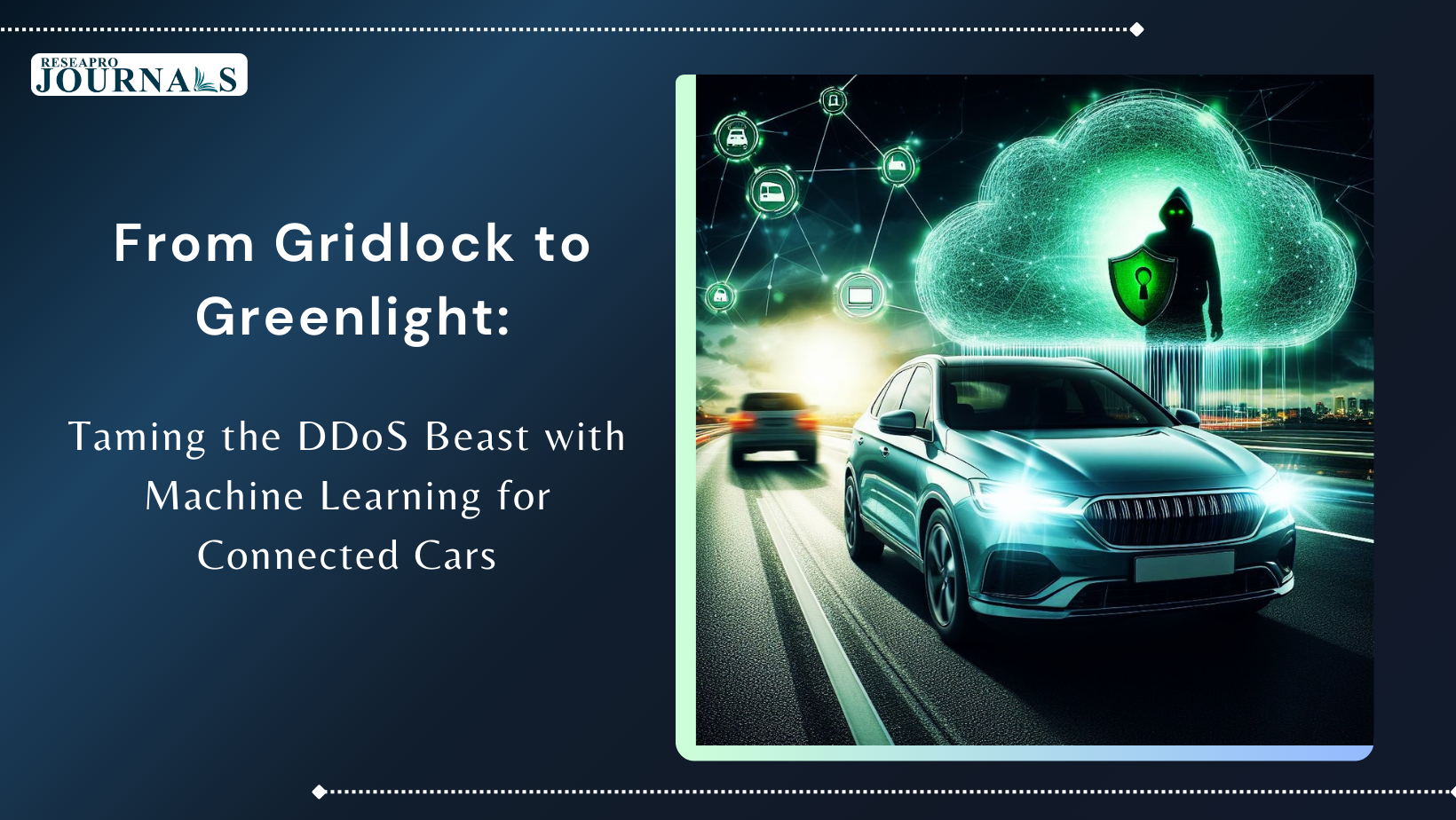|
Getting your Trinity Audio player ready...
|
The rise of connected and autonomous vehicles (CAVs) promises to transform our roads, but with this exciting technology comes a new set of challenges. Cybersecurity threats, particularly distributed denial-of-service (DDoS) attacks, loom large, potentially disrupting communication between vehicles and jeopardizing safety.
This is where cutting-edge research on machine learning steps in, offering a powerful weapon against these digital threats. A novel architectural framework has been developed to leverage machine learning’s capabilities for identifying and mitigating DDoS attacks before they can wreak havoc on our transportation systems.
Under the Hood of the Defense System:
• Network Vigilance: The system acts as a watchful guardian, meticulously capturing and analyzing network traffic within the VANET cloud environment. Any anomalies or suspicious patterns are flagged for further investigation.
• Machine Learning Detectives: The captured data is then fed to a team of highly trained machine learning models. These models honed to recognize the telltale signs of DDoS attacks with an impressive 99.59% accuracy, and act as detectives, sifting through the data and identifying potential threats.
• Real-Time Intervention: Armed with real-time intelligence from the machine learning detectives, the system can swiftly neutralize DDoS attacks before they can inflict any damage.
The Impact: Paving the Way for a Secure CAV Future:
• Shielding Connected Vehicles: The framework acts as a robust shield, protecting connected vehicles from the harm caused by DDoS attacks. This safeguards the integrity of communication between vehicles and ensures the safety of drivers and passengers.
• Ensuring Reliable VANET Cloud Services: By effectively mitigating security threats, the system guarantees the seamless and reliable operation of VANET cloud services, which are essential for the smooth functioning of CAVs.
• Unlocking the Potential of CAVs: By addressing critical security concerns, this research paves the way for the widespread adoption of CAVs. This opens the door to a new era of transportation, characterized by increased safety, efficiency, and convenience.
This innovative solution represents a significant step forward in securing the future of connected and autonomous vehicles. With such advancements, we can navigate the roads ahead with confidence, knowing that we are equipped to handle the challenges and unlock the full potential of this transformative technology.




